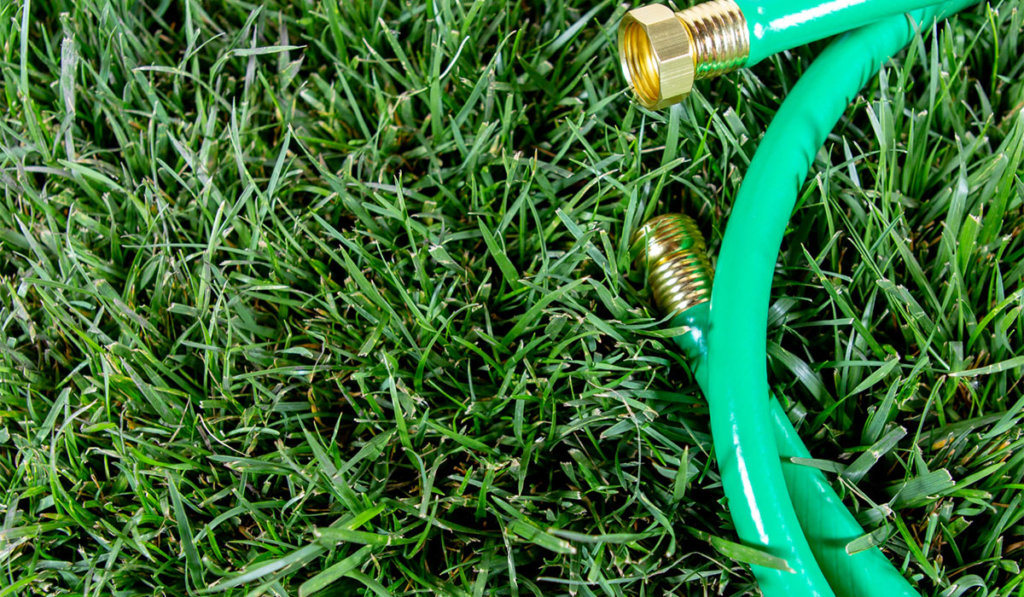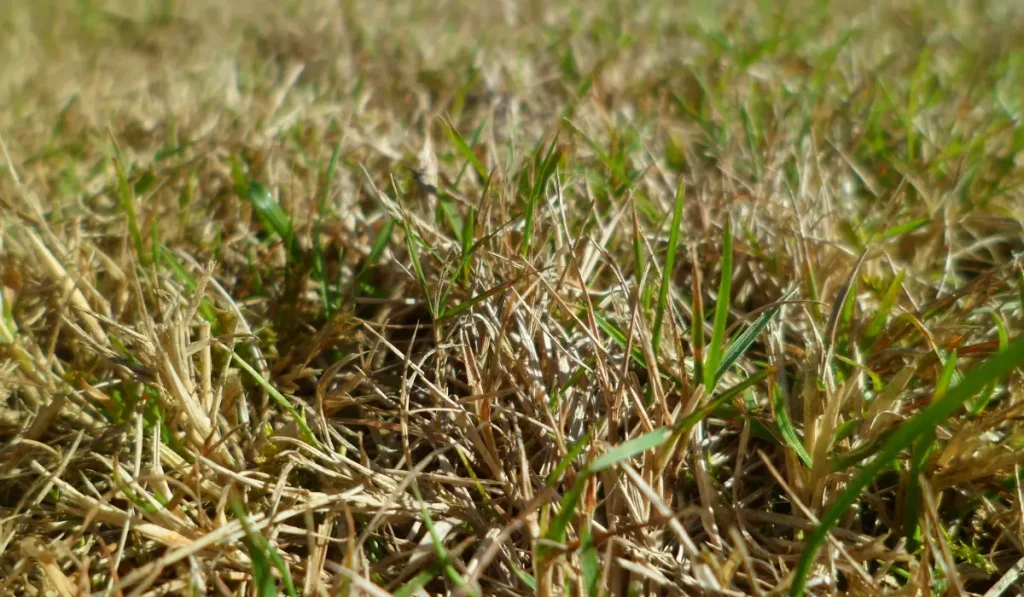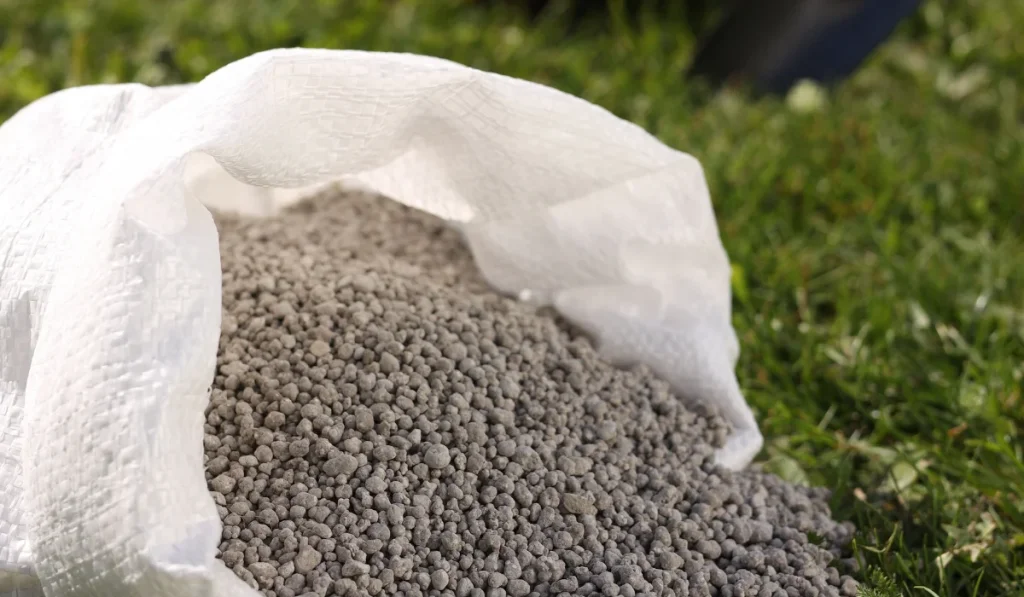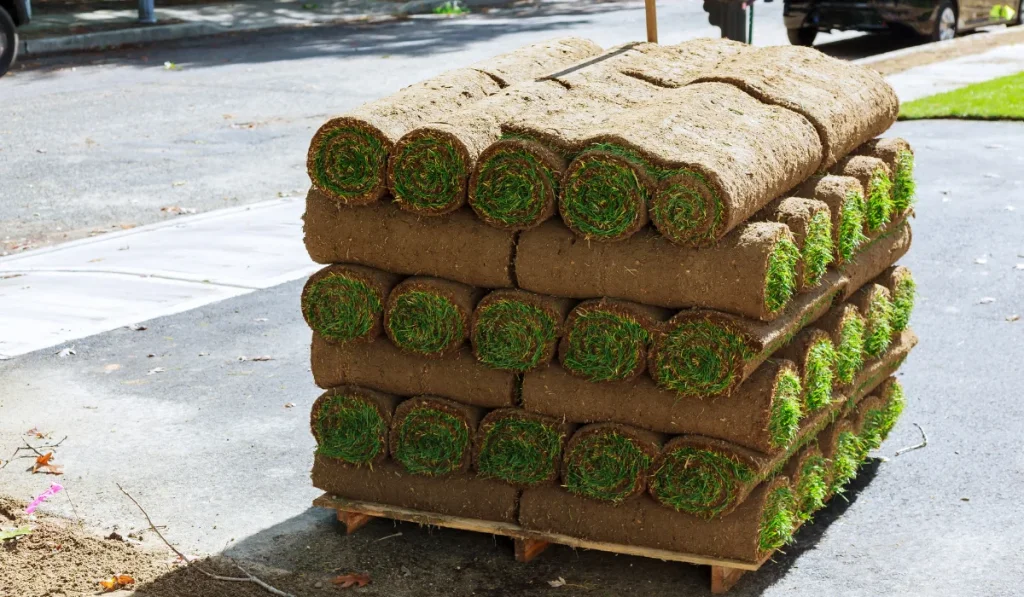When it comes to choosing the right sod for your lawn, there are many factors to consider. Bolero sod is a popular choice for homeowners, but is it the right option for you?
Bolero sod has excellent heat tolerance and winter color – but it isn’t always the best in the shade. There are lots of other factors to take into consideration, too.
Here are the pros and cons of using Bolero sod so you can make an informed decision.
Key Takeaways
- Bolero sod is a drought tolerant grass that is commonly used for turf, since it is quite wear-tolerant.
- Easy to care for and maintain, Bolero sod does require regular mowing, watering, and fertilization.
- The biggest downside of choosing Bolero sod is that it does not grow as well in shady environments.
What Is Bolero Sod?
Bolero Sod is a type of grass that is commonly used for turf. It has a number of advantages over other types of turfgrass. Bolero Sod is more resistant to disease and pests than many other types of turfgrass, and it also has a deep root system that helps to improve its drought tolerance.
In addition, Bolero Sod is relatively easy to care for and maintain. However, it should be noted that Bolero Sod does require more water than some other types of turfgrass, so it is important to ensure that the lawn is adequately irrigated.
As a dwarf fescue closely related to tall fescue, a cool season grass, it is native to the Mediterranean region – another reason why it is so excellent at holding up to the heat. It also performs well in the spring and fall like other tall fescue grasses.
Overall, Bolero Sod is an excellent choice for those who are looking for a low-maintenance turfgrass that is also resistant to pests and diseases.
| Bolero | Bolero Plus | |
|---|---|---|
| Color | Dark blue-green | Dark blue-green Emerald green |
| Drought Tolerance | 9/10 | 9/10 |
| Disease Tolerance | 8/10 | 8/10 |
| Shade Tolerance | 5/10 | 5/10 |
| Heat Tolerance | 9/10 | 9/10 |
| Winter Color | 10/10 | 10/10 |
| Recovery from Moderate Wear | 6/10 | 7/10 |
Bolero vs. Bolero Plus
Bolero and Bolero Plus are two popular types of sod. Both are made of Bermuda grass, which is known for its durability and ability to withstand heat and drought. However, there are some key differences between the two types of sod.
Bolero Plus is different from regular Bolero because it contains a mixture of dwarf fescue and bluegrass. While it still is predominantly dwarf fescue (about 90%), it does contain about 10% bluegrass to offer a more unique texture and excellent disease resistance. It is also slightly better at holding up to moderate amounts of foot traffic.
Pros of Choosing Bolero Sod
Bolero sod is a type of grass that is commonly used for lawns and other landscaping projects. iIt is very tolerant of drought conditions. Once it is established, it requires very little water to stay healthy. In addition, Bolero sod is also resistant to disease and pests. This means that you won’t have to use as many chemicals to keep your lawn looking green and healthy.
Also, Bolero sod is very low maintenance. It doesn’t require as much mowing or fertilizing as other types of grasses. As a result, it is an ideal choice for busy homeowners who don’t have a lot of time to devote to lawn care.
Better Density
One of the most notable advantages of Bolero sod is its density. The blades of Bolero sod are closely packed together, creating a thick mat that is highly resistant to wear and tear. This makes Bolero sod an excellent choice for high-traffic areas such as playfields and parks.
In addition, the density of Bolero sod helps to crowd out weeds, allowing you to enjoy a beautiful, weed-free lawn. If you are looking for a grass that will stand up to heavy use and resist weed growth, Bolero sod is an excellent option. It is also an excellent choice for erosion control, particularly on lawns that are located in full sun.
Faster Wear Recovery
Bolero sod is a type of grass that is common in lawns. It has a number of benefits, including its faster wear recovery. This means that if your lawn is damaged by heavy foot traffic, it will recover more quickly than other types of grass. Bolero sod is also more resistant to disease and pests, making it a healthier choice for your lawn.
Requiring less water per square foot and fewer weeks to get started, when grown from a roll of sod, Bolero sod is a smart choice for places like athletic fields.
More Resilient During the Winter Months
Bolero sod is a grass type that is known for being more resilient during the winter months. This is because it has a shallower root system that is less likely to be damaged by the cold weather. As a result, bolero sod is a popular choice for lawns in regions with cold winters.
Cons of Choosing Bolero Sod
Bolero sod is a grass blend that is grown in warm climates. It is known for its ability to withstand droughts and heat stress. However, there are some disadvantages to choosing Bolero sod.
The main disadvantage of bolero sod is that it is less compatible with shady areas. If you are considering bolero sod for your home, be sure to take into account the amount of sunlight that your yard receives on a daily basis.
Otherwise, you may find yourself having to work harder to maintain a healthy lawn.
Maintenance Tips for Bolero Sod
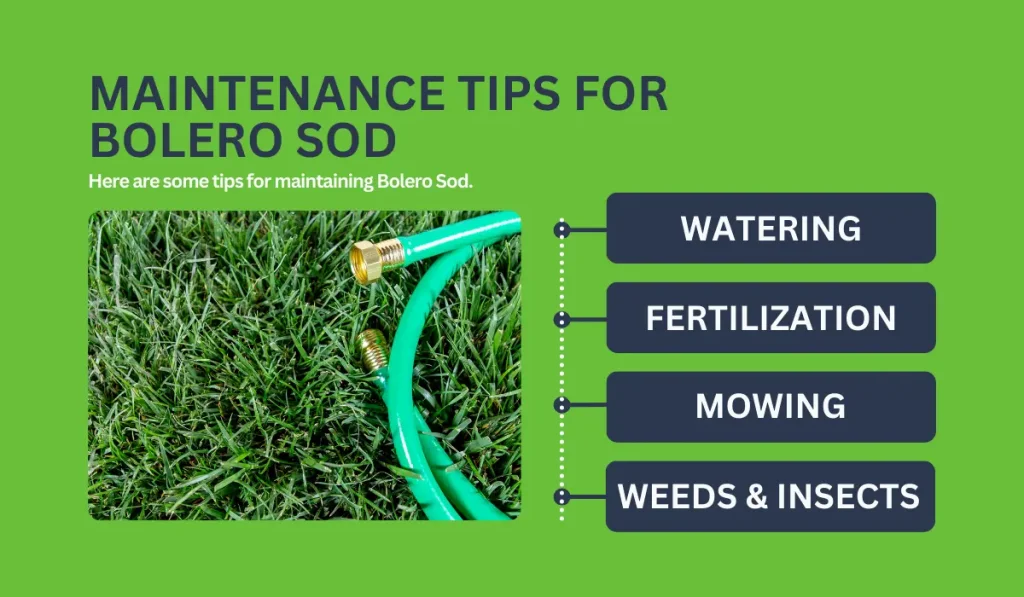
Bolero Sod is a type of grass that is commonly used on golf courses and in other high-traffic areas. It is known for its durability and ability to withstand heavy foot traffic.
However, like all grasses, Bolero Sod requires regular maintenance in order to stay healthy and look its best. Here are some tips for maintaining Bolero Sod.
Watering
While Bolero sod is very durable and can withstand heavy foot traffic, it still requires regular watering in order to stay healthy. Even though you won’t be planting your sod lawn from seed, it’s important to make sure that you give your new lawn plenty of water when it is first being established as well as during the warm summer months.
The best time to water Bolero sod is early in the morning before the sun gets too hot. This will give the grass time to absorb the water before it evaporates.
It is also important to avoid overwatering, as this can damage the roots and make the grass more susceptible to disease.
Fertilization
Bolero sod must be carefully fertilized in order to ensure that it gets the nutrients it needs to survive. The best time to fertilize bolero sod is just before you plant it. This will give the grass a chance to absorb the nutrients before it starts growing. You can also fertilize once per year as part of your regular lawn care regimen.
When applying fertilizer, be sure to use a spreader or garden hose so that the fertilizer is evenly distributed throughout the entire area. You should also water the sod after applying fertilizer, as this will help the grass to absorb the nutrients more easily.
Mowing
When it comes to mowing Bolero sod, there are a few things you need to keep in mind. First, it’s important to make sure that your mower is set to the proper height. The blades should be set high enough so that they only remove the top bit of grass. Mow to a height of 1.5 to 2 inches.
If the blades are set too low, they will damage the root system, which can lead to brown spots and poor growth. Second, you need to be careful not to scalp the turf. This happens when the mower removes too much of the grass, leaving bare spots of soil exposed. Scalping will damage the grass and make it more susceptible to disease.
Finally, you need to make sure that you’re mowing in a straight line. This will help ensure an even cut and prevent brown patches from forming.
Weeds & Insects
Bolero sod is a type of grass that is commonly used for landscaping. It is known for its thick, dense blades, which make it difficult for weeds and insects to take root.
However, bolero sod is not immune to damage from these pests. If not properly cared for, bolero sod can suffer from yellowing, wilting, and even bare patches.
The best way to prevent this damage is to regularly inspect your lawn for signs of weeds and insects. If you see any suspicious activity, remove the affected area immediately. You may also want to consult with a professional lawn care specialist to determine the best course of action.
With proper care, Bolero Sod can remain healthy and vibrant for years to come.
The Bottom Line
So is Bolero Sod the right choice for your lawn? The answer to that question depends on a variety of factors, including your climate, soil type and personal preferences. Weigh the pros and cons carefully before making a decision, and be sure to ask your local sod supplier about their availability in your area.
And where can you buy Bolero sod? Customers can purchase big rolls of this type of sod from a website like SodLawn. Delivery is available in many cases, with a pallet of sod arriving from a nearby sod farm. You may want to hire a professional landscaper for sod installation, however, to ensure that the sod is laid down properly.
With a bit of watering on a regular basis and some careful attention to this type of sod’s specific needs, you’ll have a dense lawn of vibrant green grass in no time.
